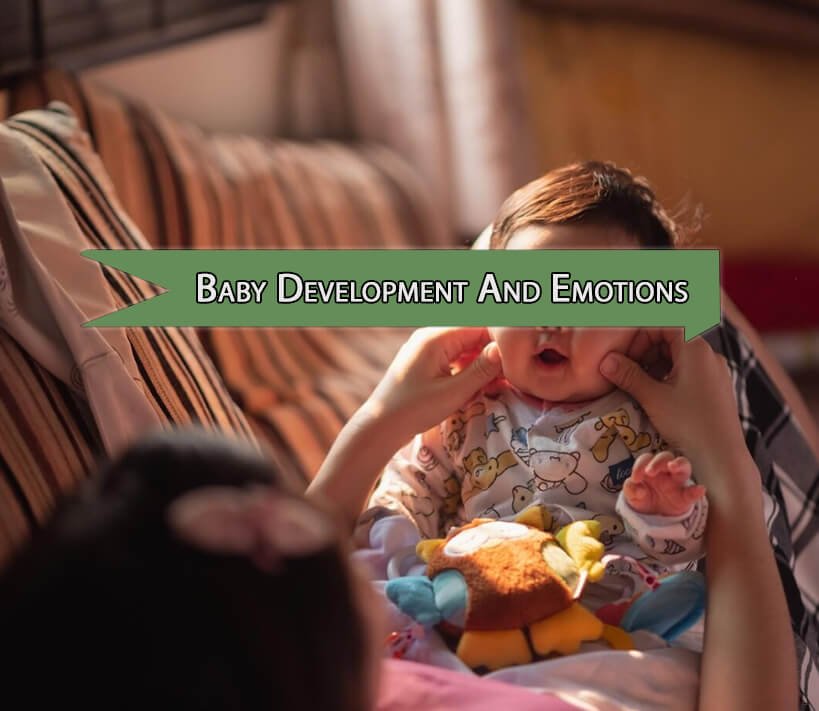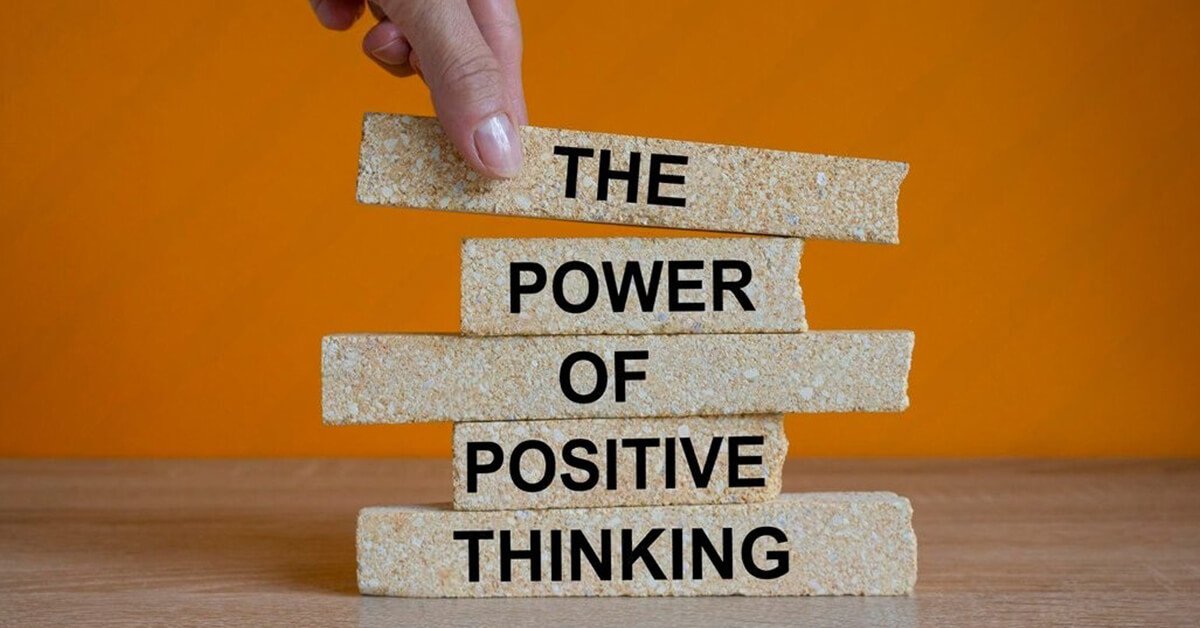Babies may be small, but their minds are surprisingly complex and powerful. From birth, infants have remarkable abilities to perceive, react to, and learn from the world around them. Their developing psychoaura , the unique psychological presence and emotional energy they radiate are makes them incredibly perceptive and responsive to their environment. Understanding the psychological aspects of baby development and emotions not only deepens our appreciation for early growth but also enhances our ability to nurture it effectively. This blog will explore some intriguing psychological facts about babies that reveal their exceptional qualities.
Psychological Facts About Babies
1. Notably, newborns prefer their mother voice over others because they have been hearing it during the last trimester in the womb.
2. Newborns can mimic facial expressions such as smiling or sticking out their tongue within a few days after birth.
3. Babies recognize and prefer faces, especially human faces, from birth.
4. Music activates the reward centers in a baby brain. Rhythmic tunes can calm them and even make them giggle.
5. Babies identify their mother by scent, which plays a crucial role in bonding and feeding.
6. Remarkably, babies start recognizing vowel patterns and speech rhythms before birth.
7. Skin-to-skin contact helps regulate a baby body temperature, heart rate, and stress levels.
8. A baby attention span is limited but gradually increases with age and stimulation.
9. Babies sometimes cry when they hear another baby cry, a primitive form of empathy.
10. When born with blurry vision, babies can distinguish between primary colors by three months.
11. Before 8 months, babies believe that when something disappears from their sight, it is gone forever.
12. Even without words, infants can detect whether a voice is happy, sad, or angry.
13. During the third trimester, babies absorb their mother language and pick up on its intonation.
14. A baby short-term memory starts developing around 6 months, but long-term memory takes longer.
15. Babies can sense and mirror their caregiver emotions, such as anxiety or distress.
16. When babies look into their caregiver eyes, the brain circuits responsible for social understanding activate.
17. As a result of their brain wiring, babies are naturally curious and driven to explore, which in turn supports cognitive growth.
18. Babies laugh as early as 3 months to connect with others and express joy.
19. In the early stages of development, babies use gestures before they begin to use words. Pointing, waving, and other hand movements are early communication tools.
More
20. Hearing spoken language boosts vocabulary and brain development.
21. By age 1, a baby brain doubles in size and experiences lifelong mental patterns.
22. Babies are sensitive to tone and pitch. High-pitched, exaggerated speech captures their attention and aids language learning.
23. A preference for sweet tastes is shown by newborns, which is why breast milk is appealing.
24. Even at just 6 months old, babies can begin to understand basic cause-and-effect relationships;
For example, when a button is pressed, a sound is produced.
25. Interestingly, babies show a sense of fairness and justice, which is an important part of their baby development and emotions, as they prefer helpful characters over unkind ones in puppet shows.
26. People perceived as trustworthy or kind are more likely to be imitated by babies, even before they begin speaking.
27. Babies develop laughter and social smiles as caregivers reinforce these behaviors with positive reactions.
28. When babies observe actions performed by others, their mirror neurons activate.
29. Babies stare longer at surprising and unexpected stimuli, which shows early signs of curiosity.
30. Babies can remember specific faces and voices, building recognition memory crucial for social bonding.




